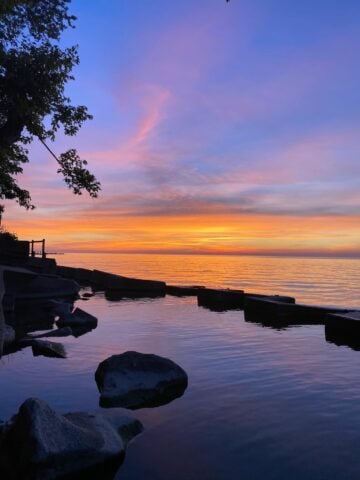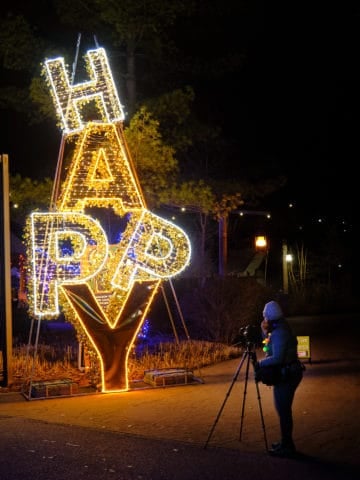I've avoided writing seafood recipes for DadCooksDinner. It's not that I don't love seafood. I do. It's that seafood has become an ethical dilemma.
Science magazine published an article saying that, at our current rate of fishing, there will be no wild fish left in 50 years. Farmed Atlantic salmon uses 3 pounds of wild fish for every 1 pound of of salmon they grow. Salmon farms also concentrate disease, pesticides, antibiotics, and fish waste, polluting the waters in the area. Shrimp trawling in asia catches 3 to 15 pounds of other, waste fish for every pound of shrimp caught. These are just a few examples; if you add in mercury and PCB concerns with seafood, it's a bleak picture.
Does this mean that we should stop eating seafood altogether? While it is tempting to say "this is too confusing, I'm staying away", that is the wrong way to solve the problem. We need to use our power as consumers to promote sustainable, environmentally balanced ways of fishing and fish farming. If we're going to be enjoying seafood in the future, we need to support the fishermen and fish farmers who are doing the right thing. And we need to push those who aren't doing the right thing in the right direction.
As a Dad who Cooks Dinner, I want my kids to be able to enjoy seafood with their kids in 50 years.
How do we do that? By becoming educated consumers, and shopping where you have good choices. If you don't know what's sustainable, then you can't help promote good seafood. My go to source is the Seafood Watch pocket guide from the Monterrey Bay aquarium. The pocket guide is a list of Best Choices, Good Alternatives, and Avoid. Their website has all the details behind those decisions, and is a wonderful resource if you'd like to learn more.
They even have an iPhone App version of Seafood Watch. I love technology.
When I don't have my seafood guide with me, I have a few fish that I look for:
The Alaskan fisheries are well managed. Any wild Alaskan seafood is good, particularly my favorite, wild Alaskan salmon.
Mmmm. Copper River Salmon.
United States farmed trout, catfish and tilapia are all good choices; their farming systems are self-contained, minimizing the environmental problems they cause, and the fish will eat anything, so they don't have to catch wild fish to feed their farmed fish.
Clams and mussels are farmed worldwide in a sustainable manner; in fact, clam and mussel farms are good for the surrounding environment.
Also, look for the Certified Sustainable Seafood label from the Marine Stewardship Council. They certify fisheries and fish farms that are sustainable.
So please, for all of us, make sure your next fish dinner is sustainable!
And I'll have a few suggestions for recipes during the rest of the week...
Resources:
Seafood Watch: Monterrey Bay Aquarium
Great Lakes Seafood Guide: Shedd Aquarium, Chicago
Certified Sustainable Seafood: Marine Stewardship Council
Alton Brown for Sustainable Alaskan Seafood: Video by my hero!
*Enjoyed this post? Want to help out DadCooksDinner? Subscribe to DadCooksDinner using the RSS or Email options on the right, link to this post from your blog, recommend DadCooksDinner to your friends, or buy something from Amazon.com through the links on this site. Thank you!






Comments
No Comments